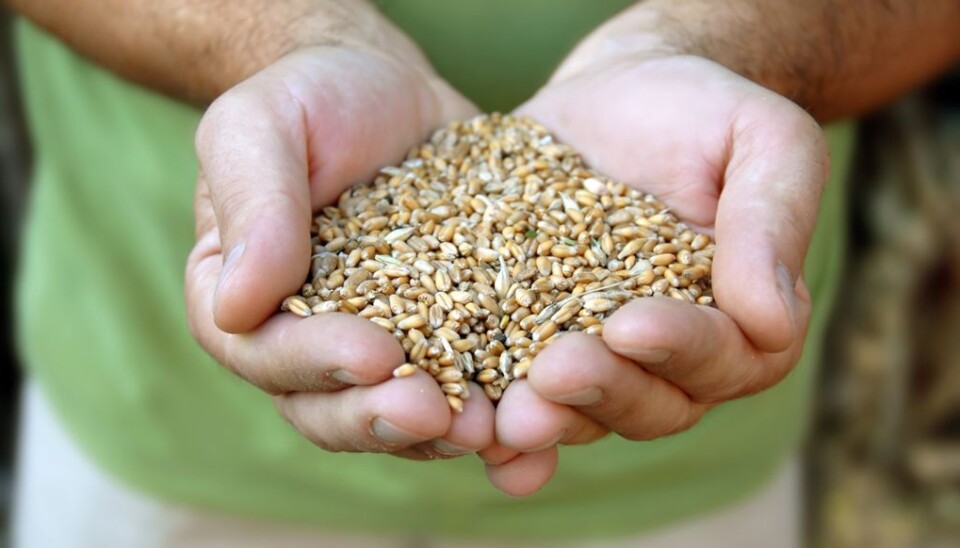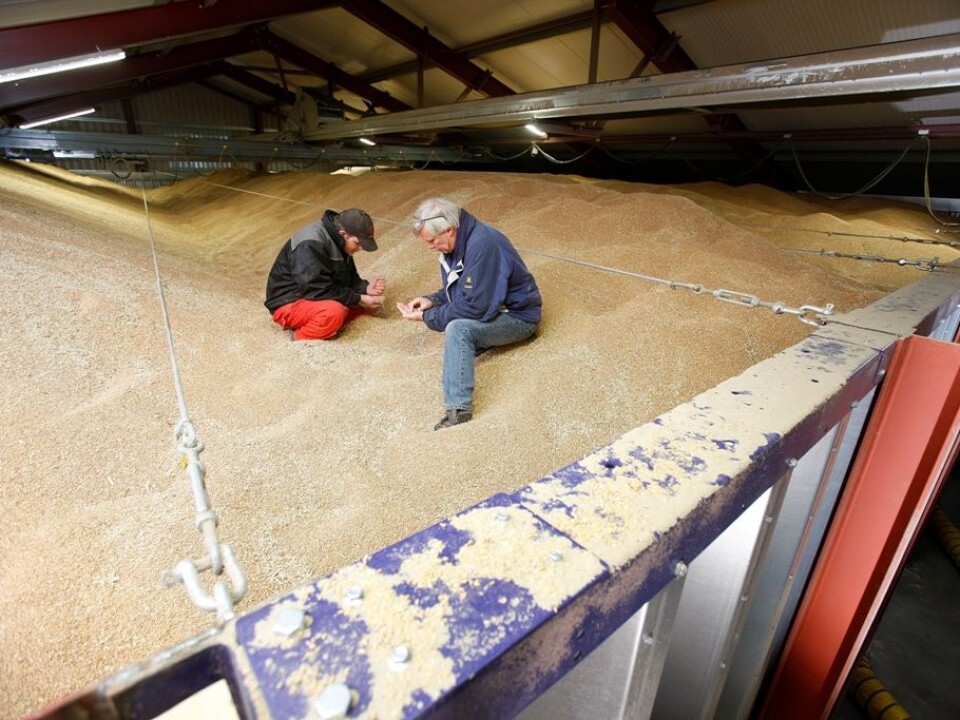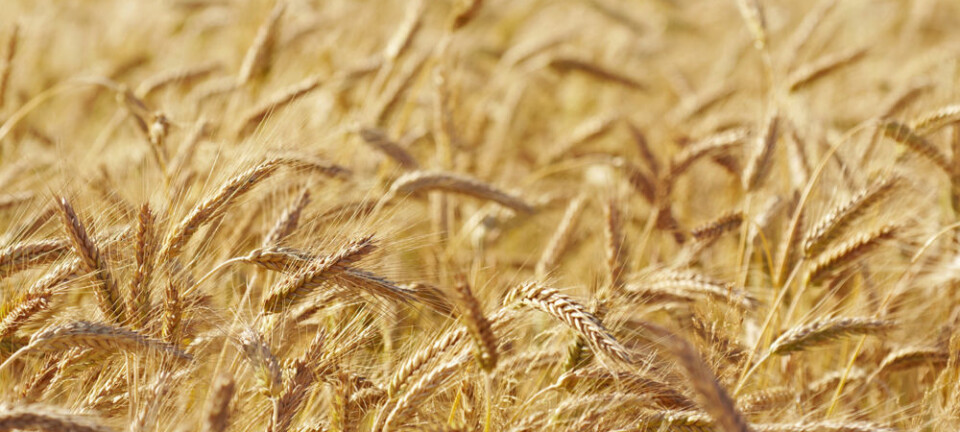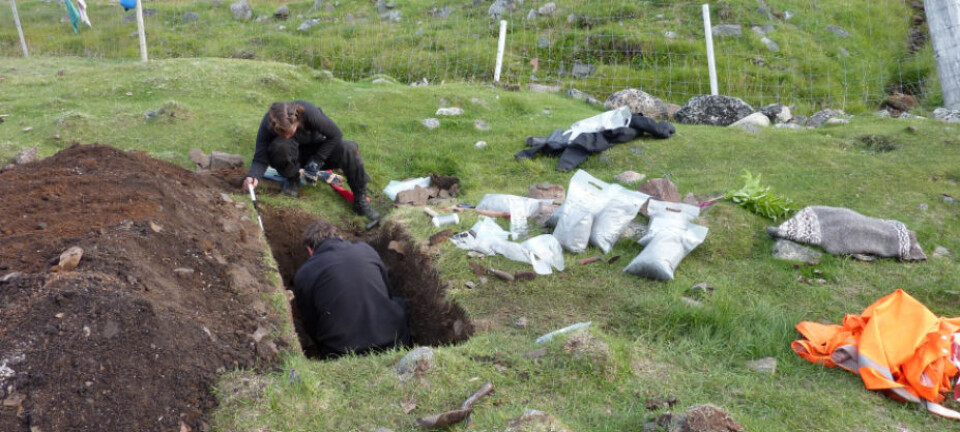
Ozone can combat pests in stored grain
Insect pests in dried grain, maize and rice can be combated with ozone. The method has several environmental and health-related advantages over traditional insecticides.
The harvest may well be finished, but the yield is far from secured. The grain is often stored for many months, during which time armies of hungry insects can cause great damage to the stocks.
However, by using ozone, farmers can effectively overcome the little beasts, according to a new study, recently published in the journal Pest Management Science.
“Our results mean that we might be able to use ozone as a replacement for the traditional insecticides or fumigation agents in use today,” says Lise Stengård Hansen, a lecturer at the Department of Agroecology at Aarhus University, who is one of the researchers behind the project.
Insects responsible for heavy losses
The battle against insects such as grain weevils, rice flour beetles and several species of moth is important because they incur heavy losses to food producers, despite their innocuous size.

In fact, in industrialised countries losses make up as much as 9 percent of the stored grain. In developing countries the losses can be even greater – around 20 percent and in some cases all the way up to 100 percent.
But in addition to causing financial losses, the insects also pose a health risk when the grain is used in foods.
Insecticides cannot fight off all insects
The problem with traditional insecticides and fumigation agents is that they do not always get rid of all stages of the insects.
“In some insect species, including the most economically valuable ones such as the grain weevil, the adults live freely among the kernels, while eggs, larvae and pupae live concealed inside the kernels,” explains Hansen.
Our results mean that we might be able to use ozone as a replacement for the traditional insecticides or fumigation agents in use today.
“It isn’t until they gnaw their way out of the kernels as adults that traditional insecticides have an effect on them.”
Researchers have therefore been searching long and hard for more effective alternatives for combating these parasites – partly also because the insects have gradually become resistant to many of the active ingredients in the insecticides, and because some insecticides have been disallowed for environmental reasons.
Ozone doesn’t damage the grain
According to Hansen, ozone has many environmental and health-related benefits.
Ozone is an unstable gas which rapidly decays into oxygen and becomes harmless. By itself, it is a very hazardous gas, but the use of ozone doesn’t seem to have any bad effects on neither the grain nor the environment, plus it leaves no residue in the grain afterwards.
”But one must of course ensure that ozone is only used in suitable conditions, for instance in gas-tight silos or grain stores under sealed tarpaulins, so that people don’t come into contact with the gas before it has decayed,” explains the researcher.
Another advantage with ozone is that it can be produced in situ by means of an electric high-voltage process and a special machine.
“That way you avoid having to transport toxic pesticides or fumigation agents to the cereal stocks like they do today.”
Studied eleven species of insects
The researchers exposed eleven different species of insects, which are known to cause damage in stored grain and other dry plant products, to ozone in the laboratory.
They tested how effective ozone is for fighting the various species in various doses, at different developmental stages and under different temperature conditions.
This enabled them to find the right combination of dose and treatment time to affect both the free-living insects and their concealed eggs and larvae.
“There is a great difference in how much ozone is required to combat the various stages and species of insects.”
The adults are usually more sensitive to ozone and die after a treatment with 25 ppm (parts per million) with a five-day exposure time, which is relatively little. But to fight the stages that live inside the kernels, a relatively high dose of 135 ppm for eight days is required, she explains.
Approval process up next
There is, however, some way to go before ozone could potentially replace insecticides.
“First, the method needs to be fully developed technically, after which it will go through a series of approval processes with the various authorities around the world. Then the process will need to be marketed. So it will probably be a while before the use of ozone becomes a reality,” she concludes.
-----------------------------
Read this story in Danish at videnskab.dk
Translated by: Dann Vinther







